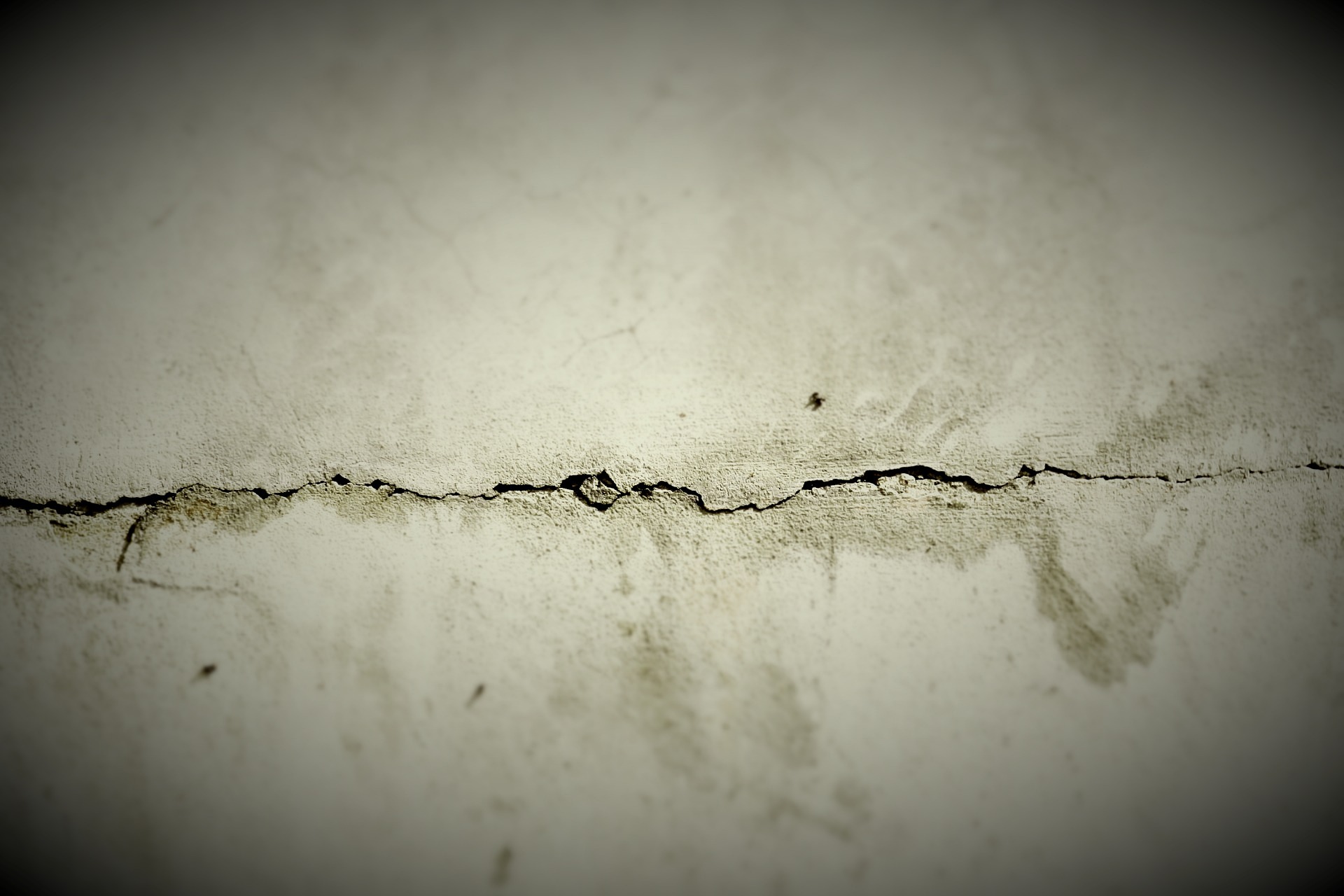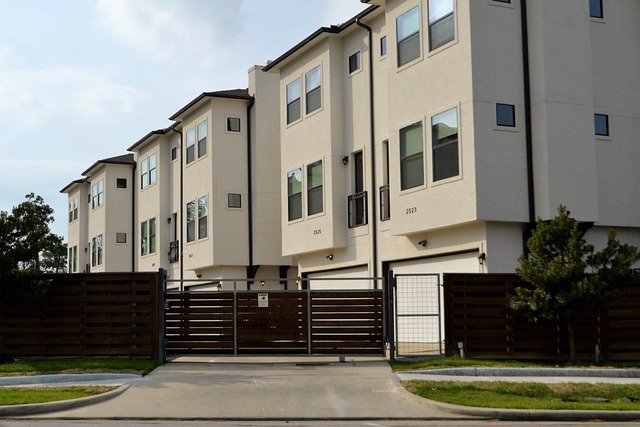Complete Guide to Concrete Crack Repair Solutions
Concrete cracks are among the most common structural issues homeowners and property managers face, ranging from minor surface blemishes to serious foundation concerns. Understanding how to identify, repair, and prevent these cracks can save thousands of dollars in future damage while maintaining your property's structural integrity and aesthetic appeal.

What Are the Main Causes of Concrete Cracks?
Concrete cracking occurs due to various factors, with shrinkage being the most common culprit. As concrete cures and loses moisture, it naturally contracts, creating stress that can lead to surface cracks. Temperature fluctuations also play a significant role, causing expansion and contraction cycles that weaken the concrete over time.
Settlement issues represent another major cause, particularly when the ground beneath the concrete shifts or compresses unevenly. Poor initial mixing ratios, inadequate reinforcement, and excessive water content during installation can create weak points that eventually crack under normal stress.
Environmental factors such as freeze-thaw cycles, heavy loads exceeding design specifications, and root growth from nearby vegetation can also contribute to crack development. Understanding these causes helps determine the appropriate repair method and prevents recurring issues.
Which Types of Cracks Need Immediate Repair?
Not all concrete cracks require urgent attention, but certain types demand immediate professional intervention. Structural cracks wider than one-quarter inch typically indicate serious foundation issues that could compromise building safety and require expert evaluation.
Horizontal cracks in foundation walls often signal dangerous lateral pressure from soil or water, potentially leading to wall failure if left untreated. Active cracks that continue growing or show recent expansion also need immediate attention, regardless of their current size.
Cracks accompanied by water seepage pose immediate risks for mold growth, structural damage, and indoor air quality issues. Step cracks following mortar joints in block walls frequently indicate significant settlement problems requiring professional structural assessment.
Any crack allowing visible light to pass through or showing displacement between concrete sections represents a serious structural concern that demands immediate professional evaluation and repair.
What Are the Basic DIY Crack Repair Methods?
Small, non-structural cracks can often be addressed using straightforward DIY techniques with readily available materials. For hairline surface cracks, concrete crack filler or hydraulic cement provides an effective solution, requiring only basic tools and following manufacturer instructions.
Concrete caulk works well for small cracks in driveways, sidewalks, and non-load-bearing surfaces. Clean the crack thoroughly, remove loose debris, and apply the caulk using a standard caulk gun, smoothing the surface with a putty knife for a professional appearance.
Polymer-based crack injection systems offer excellent results for slightly larger cracks. These kits include injection ports, adhesive, and low-pressure injection equipment that allows deep penetration of repair material into the crack structure.
For wider surface cracks, concrete patching compound mixed according to package directions can provide durable repairs. Ensure proper surface preparation by cleaning, dampening, and using bonding agents when specified by the manufacturer.
What Expert Techniques Are Used for Fixing Cracks?
Professional concrete repair utilizes advanced techniques and specialized equipment unavailable to typical homeowners. Epoxy injection represents the gold standard for structural crack repair, using high-pressure equipment to force two-part epoxy deep into crack networks, creating bonds stronger than the original concrete.
Carbon fiber reinforcement strips provide exceptional strength for repairing structural cracks without extensive excavation. These lightweight materials offer superior tensile strength while maintaining flexibility to accommodate minor movement.
Professional contractors often employ routing and sealing techniques, using specialized saws to create uniform grooves along crack lines before filling with appropriate sealant materials. This method ensures better adhesion and longer-lasting repairs.
Polyurethane foam injection works particularly well for foundation cracks with active water intrusion, expanding to fill voids while maintaining flexibility to accommodate minor structural movement without re-cracking.
Cost Considerations for Professional Crack Repair Services
Professional concrete crack repair costs vary significantly based on crack severity, location, and required techniques. Minor surface crack repairs typically range from $250 to $800 per crack, while major structural repairs can cost $1,000 to $5,000 or more depending on complexity.
| Service Type | Provider | Cost Estimation |
|---|---|---|
| Minor Crack Repair | Local Contractors | $250 - $800 per crack |
| Epoxy Injection | Foundation Specialists | $400 - $1,200 per crack |
| Carbon Fiber Reinforcement | Structural Engineers | $1,500 - $4,000 per wall |
| Polyurethane Injection | Waterproofing Companies | $300 - $900 per crack |
Prices, rates, or cost estimates mentioned in this article are based on the latest available information but may change over time. Independent research is advised before making financial decisions.
How Can You Prevent Cracks from Happening Again?
Effective crack prevention begins with proper drainage management around concrete structures. Ensure gutters, downspouts, and grading direct water away from foundations and slabs to minimize soil movement and hydrostatic pressure.
Regular maintenance including sealing expansion joints, applying concrete sealers every 2-3 years, and promptly addressing minor cracks prevents small issues from becoming major problems. Monitor concrete surfaces during seasonal temperature changes when stress levels peak.
Control vegetation growth near concrete structures, as root systems can create significant pressure and movement over time. Remove trees and large shrubs planted too close to foundations, driveways, and walkways.
Consider installing proper expansion joints during new construction or major repairs, allowing controlled movement that reduces random cracking. Professional design consultation ensures appropriate joint spacing and materials for your specific climate and soil conditions.
Understanding concrete crack repair empowers property owners to make informed decisions about maintenance and professional services. While minor surface cracks often respond well to DIY approaches, structural issues require professional expertise to ensure safety and long-term durability. Regular inspection and preventive maintenance remain the most cost-effective strategies for maintaining concrete integrity over time.




